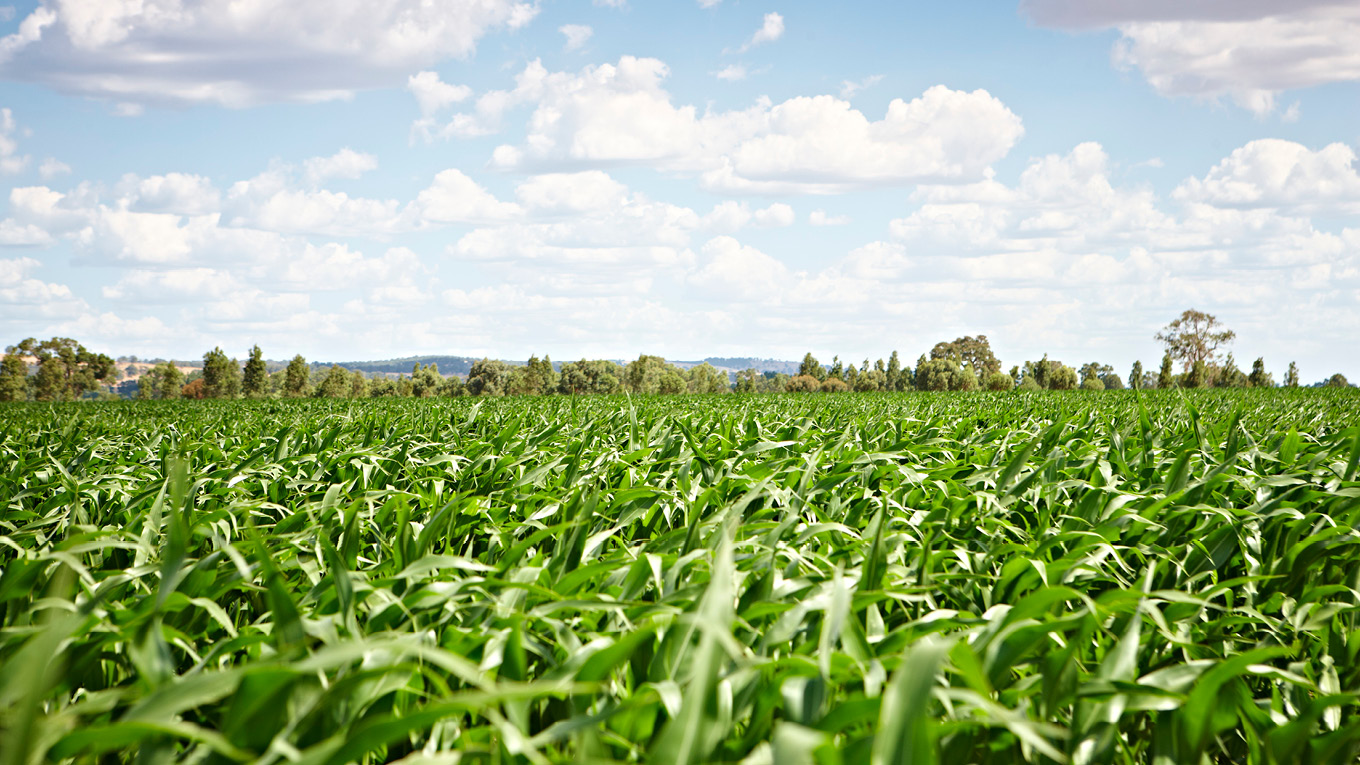Smart Farms
As part of the Victorian Government’s Smarter, Safer Farms program, Agriculture Victoria is fast-tracking innovative technology for agriculture on four SmartFarms at Tatura, Ellinbank, Horsham and Hamilton.
The state-of-the-art SmartFarms create, test and demonstrate smart technology solutions for agriculture in partnership with agriculture industries.
SmartFarms provide a forum to understand on-farm technology integration and develop new applications for agtech. Demonstrating the impacts of these solutions in a farm environment allows farmers and growers to gain a better understanding of how best to adopt agtech to improve farm profitability.
SmartFarms provide regional benefits by attracting agtech businesses and the world’s best science across Victoria’s agriculture regions. They also show the future of agriculture to students and help attract more primary and secondary students into science and agriculture.
Dairy SmartFarm at Ellinbank
The Ellinbank SmartFarm in Gippsland incorporates technologies to improve pasture production, allocation and utilisation linked with supplementary feeding systems to improve productivity across dairy herds.
Technology is being used to improve milk production, calf rearing, animal reproductive performance and animal health and welfare. Research conducted by Agriculture Victoria aims to use new technologies to demonstrate improved whole-of-life animal performance across the herd.
This SmartFarm has an ambitious target of being the world’s first carbon-neutral dairy farm by reducing carbon emissions, improving energy efficiency and generating electricity through a range of alternate options including solar, wind and bio-digestion.
Livestock SmartFarm at Hamilton
The Hamilton SmartFarm in South West Victoria is focused on forage innovation for dairy and livestock industries and cropping in the high-rainfall zone.
It will incorporate sensor technologies to measure pasture parameters such as pasture mass and nutritive value. Smart feeding systems to improve feed efficiency for sheep will also be investigated at this SmartFarm.
Internet of Things in agriculture
The Internet of Things (IoT) is about making “dumb” things “smart” by connecting them to each other and to the internet. It enables physical objects to be sensed and controlled remotely, creating opportunities for more direct integration between the physical world and computer-based systems.
IoT enables devices embedded with sensors to connect to and interact with each other via the internet. Devices can be remotely monitored and controlled in real time, and can include anything from pumps, sheds and tractors to weather stations and computers.
Trends driving digital technology in agriculture
Victoria’s farmers contribute one third of Australia’s food and fibre exports. Demand for Victorian-produced food is set to grow as the world’s population increases from seven billion people to almost 10 billion people over the next 30 years.
A growing global middle class, particularly in Asia, is further bolstering the prospects for food and fibre export growth.
While demand is set to grow, farmers are facing the challenges of a changing climate. these challenges include increased temperatures, changes in rainfall patterns, more frequent extreme weather events and reductions in water availability.
In this environment, farmers must continue to innovate to maintain and improve productivity to meet demand.
Digital technologies have the potential to provide farmers with the information and ability to meet these challenges and seize opportunities for growth.
But it is not just about farmers. Consumers both in Australia and abroad are becoming more informed about the products they buy. They demand high-quality and sustainably produced food and fibre and want to know more about where their products come from.
Digital technologies can enable improved traceability of agricultural products, providing peace of mind for consumers and increased value for farmers.

